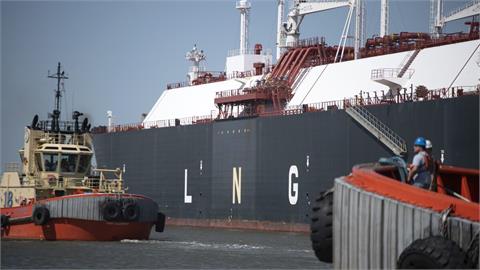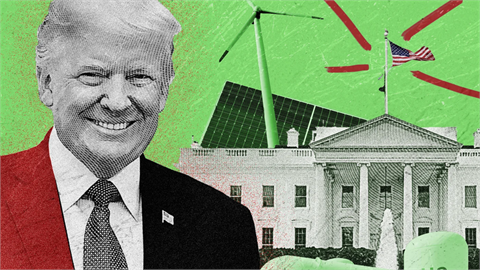This year’s Air Quality Index got launched today by the EU Environment Agency (EEA) and the European Commission during the Clean Air Forum that took place on Thursday in Paris, paired with the publication of the Air Quality Atlas, a tool developed by the Commission’s Joint Research Centre.
The published Air Quality Index allows the EU citizens to monitor air quality in real time, as the Commission’s Joint Research Centre that maps the origins of fine particulate matter, such as dust, smoke, soot, pollen and soil particles, in the Air Quality Atlas.
The new European Air Quality Index features an interactive map that shows the local air quality situation, based on five key pollutants that harm people’s health and the environment: particulate matter (PM2.5 and PM10), ground-level ozone (O3), nitrogen dioxide (NO2) and sulphur dioxide (SO2), displaying real-time data for the whole of Europe.
The Air Quality Atlas provides information on the geographical and sectoral sources of air pollution for the 150 biggest cities in Europe, providing information on the pollutant emissions and their origins, transport, agriculture, industry and residential heating.
Both tools aim to pave the way for targeted measures to improve air quality and raise citizens’ awareness of the air quality situation in Europe, as 400 000 citizens die prematurely in the EU as a result of poor air quality, ten times more than the people that lose their lives at road traffic accidents in the bloc, while millions suffer from respiratory and cardiovascular diseases caused by air pollution.
Commissioner for Environment, Maritime Affairs, and Fisheries Karmenu Vella, suggested that the Air Quality Index is needed to inform European citizens about the state of the air they breathe in their own neighborhood. "We are working with cities, regions, countries, and industry to tackle the sources of that pollution, which is a cocktail coming from factories, homes, and fields, not only from transport.”
"In order to tackle air pollution we must first understand where it comes from”, said Tibor Navracsics, Commissioner for Education, Culture, Youth, and Sport, responsible for the Commission’s Joint Research Centre, that "provides essential information on pollution sources for the European cities that are struggling with air quality. It will help cities to design air quality plans which focus on their most polluting activities.”



